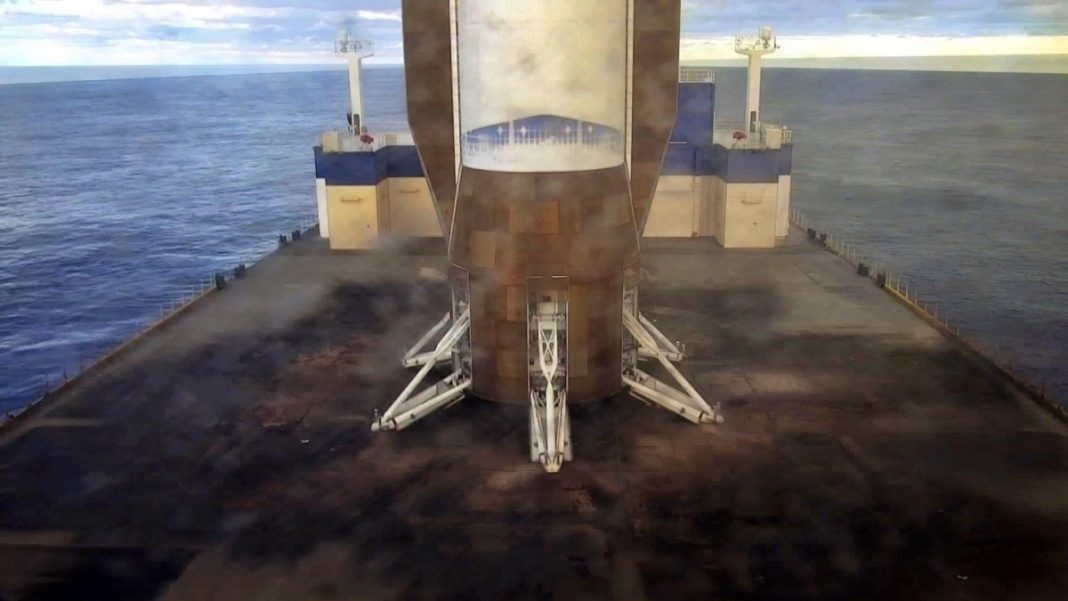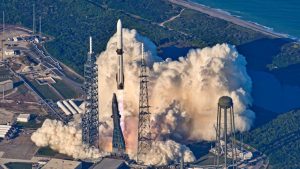Key Takeaways
- Blue Origin becomes the second company after SpaceX to successfully catch and recover a rocket booster from space.
- The New Glenn rocket landed on a droneship after launching NASA’s ESCAPADE Mars mission.
- This breakthrough introduces major competition to SpaceX in the reusable rocket market.
- New Glenn is designed for up to 25 reuses, promising lower launch costs.
Blue Origin has successfully landed its massive New Glenn rocket booster after launching a Mars mission, marking a pivotal moment in the commercial space race. The achievement makes Jeff Bezos’s company the second after SpaceX to master reusable rocket technology.
Historic Landing Details
The New Glenn booster, standing over 320 feet tall with seven BE-4 engines, returned to the ‘Jacklyn’ droneship in the Atlantic Ocean minutes after its November 13, 2025 launch from Cape Canaveral. This milestone demonstrates Blue Origin’s growing expertise in a domain long dominated by SpaceX’s Falcon rockets.
Why Reusability Matters
Reusable rocket technology dramatically reduces launch costs by recovering expensive first-stage boosters rather than discarding them after one flight. New Glenn is designed for up to 25 reuses, promising competitive pricing and reliability for orbital and deep space missions.
Mars Mission Connection
The successful touchdown followed the deployment of NASA’s twin ESCAPADE satellites, which will study Mars’s atmospheric loss and solar wind interactions during their multi-year mission. With its heavy-lift capability, New Glenn offers a viable platform for both government science missions and commercial payloads.
Competitive Landscape Shifts
Blue Origin’s achievement provides satellite operators, telecom companies, and space agencies with a genuine alternative to SpaceX’s launch dominance. While SpaceX has extensive experience with nearly 280 recent launches, Blue Origin’s entry intensifies competition and drives innovation across the industry.
This increased competition benefits customers through lower prices and expanded launch availability, crucial as demand for satellite deployments and planetary exploration rises rapidly.
Jeff Bezos’s vision of affordable space access gains momentum with New Glenn’s demonstrated reliability. Meanwhile, SpaceX continues developing its fully reusable Starship vehicle, keeping the commercial space race vibrant and advancing humanity’s reach beyond Earth.
With New Glenn now operational, the launch landscape is evolving toward a multi-provider ecosystem, promising more options, lower costs, and enhanced capabilities for space exploration.





